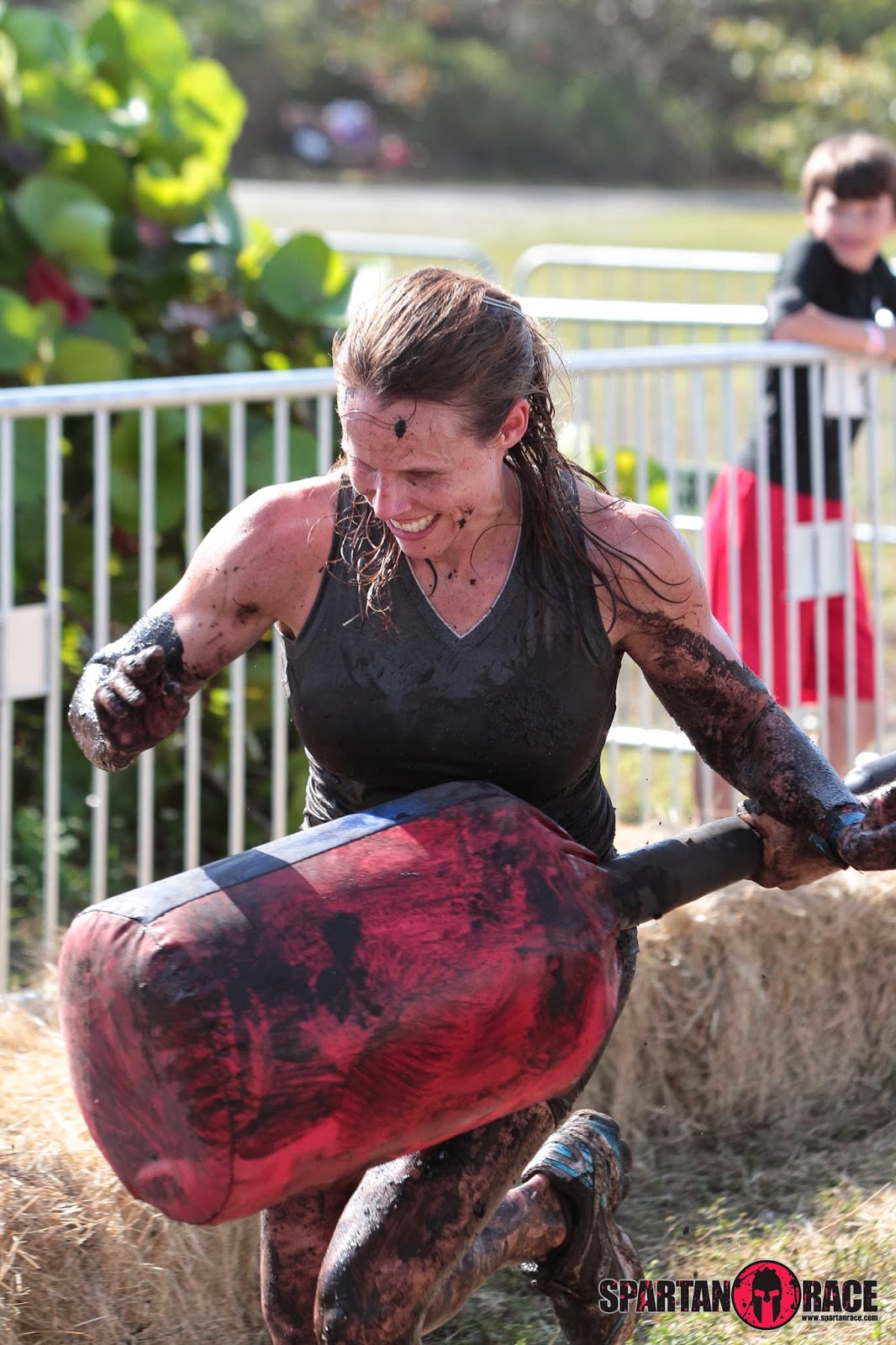Avoiding the Dangers of CrossFit
 |
| Photo: games.crossfit.com |
But the articles have successfully created controversy and raised questions. I thought I would add my thoughts on the dangers of CrossFit.
Why is CrossFit "dangerous"? Crossfit is: constantly varied, high-intensity functional movement. I will refer you to www.crossfit.com for a better explanation. The danger comes when people use incorrect form or use weights that are too heavy. Additional problems come when people do not get proper rest and nutrition to sustain the intensity of their workouts. But isn't it the job of the coaches at the Crossfit box to ensure each person's safety? Yes. But there is also a little thing called personal responsibility.
I do NOT believe Crossfit is dangerous. Irresponsible people are dangerous.
Follow these guidelines to find a quality, safe Crossfit box:
- Start with their website. Check out their schedule-- how many classes do they offer a day? Do they fit your schedule? Do they offer open gym? You want a box that offers some flexibility so that you are able to come and workout on your own at times. Red flag: stock photos and sparse details.
- What certifications do their coaches have? Make sure they are educated beyond the basic level 1 coaching course. Look for coaches who are certified in Olympic weightlifting. A bonus is one who is a Certified Strength and Conditioning Specialists (CSCS). Coaches should be knowledgeable about nutrition, metabolic conditioning, and all aspects of strength and conditioning. Red flag: coaches that push products and fad diets; coaches who are out of shape.
- Where do they get their programming? I personally would only belong to a box that does their own programming. Obviously, there is good programming available online through Crossfit.com and other great boxes, but original programming shows that the coaches are knowledgeable about programming. Also-- I would only be part of a box that incorporated a strength program with their daily WODs. Red flag: Static stretching during warm ups; short, repetitive WODs.
- Do they participate in competitions? You may or may not ever compete, but again, a box that takes athletes to competitions will probably have coaches who have a strong knowledge base of strength and conditioning. Competitions are also great camaraderie building events. Red flags: coaches that push their athletes too hard... or not hard enough.
- Take their intro classes. Most boxes offer a free intro class. You can learn a lot about their coaches from these classes. Coaches should thoroughly explain and demonstrate the movements. During the workout, they should be circulating among the athletes, correcting form and encouraging. Red flag: coaches who aren't fully engaged in the class and aren't willing to correct form.



Comments
Post a Comment